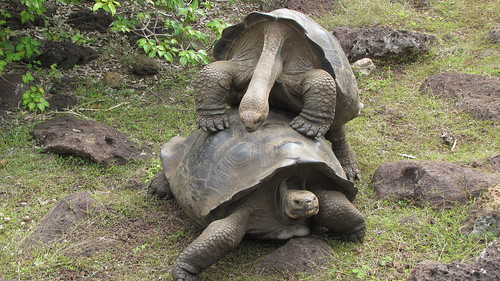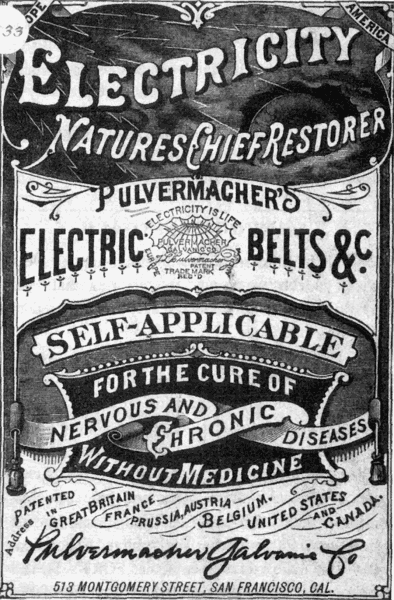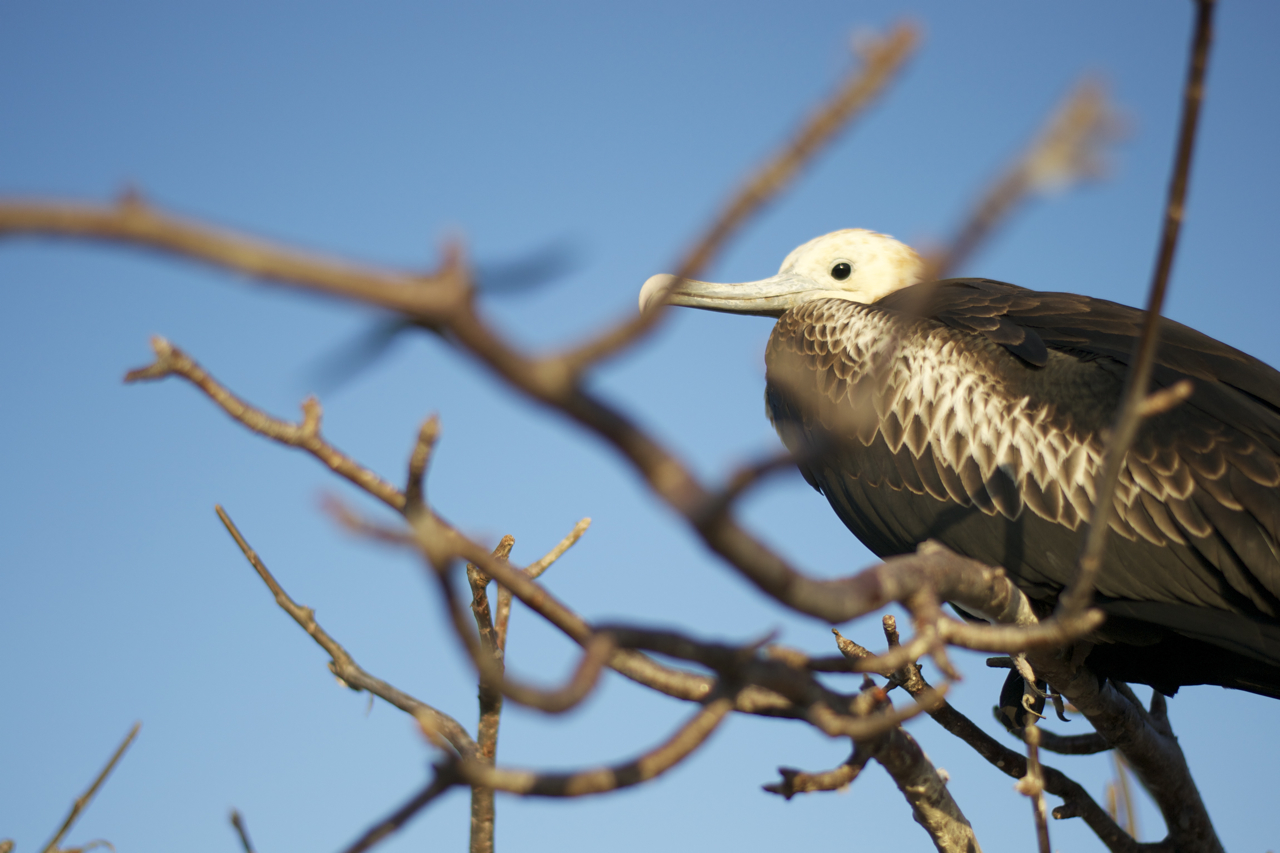 Maybe I’ve just been reading too many scientific journals and too many memos from academics but I swear to God when I’m declared empress, my first edict is going to be, “Signal-to-noise! Raise the signal! Lower the noise!”
Maybe I’ve just been reading too many scientific journals and too many memos from academics but I swear to God when I’m declared empress, my first edict is going to be, “Signal-to-noise! Raise the signal! Lower the noise!”
___________
 My rural Colorado town, pop. 1,500 on a good day, is in many ways a laboratory-scale model of the U.S.A. We worship both community ties and unfettered independence. We’re gossipy and private, inclusive and provincial, divided by class and dogma even as we gather under our purple mountains majesty. Our community stew comes to a boil at Cherry Days, the annual Fourth of July celebration, and this year’s version — heated by wildfires and record summer temperatures — was extra hot and spicy.
My rural Colorado town, pop. 1,500 on a good day, is in many ways a laboratory-scale model of the U.S.A. We worship both community ties and unfettered independence. We’re gossipy and private, inclusive and provincial, divided by class and dogma even as we gather under our purple mountains majesty. Our community stew comes to a boil at Cherry Days, the annual Fourth of July celebration, and this year’s version — heated by wildfires and record summer temperatures — was extra hot and spicy.
The 66th annual Cherry Days parade was notable for its lead vehicle, a well-preserved Korean-War-era tank complete with a pair of anti-aircraft guns. Even more notable is the tank’s owner: billionaire Bill Koch, brother to the liberal bêtes noires Charles and David Koch. Continue reading

To walk from the Charles Darwin Research Station to the center of the town of Puerto Ayora, on Santa Cruz Island, simply follow the “T-Shirt Mile,” a sleepy stone road lined with dozens of souvenir shops. Mugs, onesies and shot glasses pay tribute the town’s only famous resident, a century-old giant tortoise named Lonesome George. My favorite shirt had a cartoon George in the center, with eyelash-batting lady tortoises on either side of him and one line at the bottom: Not So Lonesome George.
Before his unexpected death on June 24, George had certainly been with his share of females. But for the first 60-odd years of his life, he was the most awkward of virgins.
Continue reading
This week, Tom wondered why one of the greatest mental capacities our outrageously successful species possesses hardly works at all.
Faced with parenting in a region “where a high school diploma confers a solid elementary school education”, Jessa weighed her home schooling options and whether they could guarantee a prodigy.
Cassie’s shrewd analysis caused me to throw away my fish oil supplements.
Ginny continued her stellar Galapagos Mondays series with an explanation of the red-headed stepchildren of the Galapagos.
And I placed the blame for outbreaks of “dirty electricity” squarely at the feet of epidemiologists (look, the whole post was just a thin excuse to show a clip of the exploding girl in Cloverfield, okay?).
Extra Credit: This week, Comic Sans defended itself against the harsh criticism leveled at it in the wake of the infamous Higgs presentation. “Need to soften the blow of a harsh message about restroom etiquette? SLAM. There I am,” the aging font told McSweeney’s. “Need to spice up the directions to your graduation party? WHAM. There again. Need to convey your fun-loving, approachable nature on your business’ website? SMACK.”
See you next week!
 In 2010, an epidemiologist was asked by a California school to investigate its high levels of dangerous dirty electricity. When he arrived to take readings, he found that some classrooms contained levels of electrical pollution so intense that they exceeded his meter’s ability to measure them.
In 2010, an epidemiologist was asked by a California school to investigate its high levels of dangerous dirty electricity. When he arrived to take readings, he found that some classrooms contained levels of electrical pollution so intense that they exceeded his meter’s ability to measure them.
This story was reported in a major US news outlet. The “dirty electricity” the epidemiologist was investigating, also known as electrosmog, has been described as a dangerous new carcinogen produced by all modern electronics such as computers, Wi-fi routers and pretty much anything that needs to be plugged in. Electrosmog is said to be increasing steadily and globally with every new electrical device that comes online, and in addition to cancer, it is now beginning to be linked to other diseases, including autism and depression. The researchers working on this issue bill it as the biggest environmental health threat of the 21st century.
I first heard about dirty electricity when a commenter warned me about it on a recent post about using electricity to boost learning. When I set out to look into it, I was highly skeptical. And for good reason: this is one of those topics in which charlatans are thick on the ground and seem to outnumber legitimate researchers about a dillion to one, at least if you go by the results of a Google search. I assumed no one serious took it seriously. Boy, was I wrong. The most interesting thing about “dirty electricity”, however, is that it’s not really about electricity at all — rather, it’s an indictment of epidemiology. Continue reading
In 2010, I wrote an article for ScienceNow titled “Fish Oil Fights Inflammation.” The article focused on new research showing that the omega-3 fatty acids in fish oil block inflammation in cells and fight diabetes in mice. Jerrold Olefsky, who led the research, even had an explanation for how they do this. This whole process hinged on a receptor found on immune and fat cells.
Olefsky and I spent maybe 30 minutes on the phone. By the end of the conversation, he had me hook, line, and sinker. Yes, his results were preliminary, but they were also striking. I went straight to the pharmacy and bought an enormous bottle of fish oil pills. I’ve been taking them ever since.
But recently I began to question my decision. Fish oil may help keep mice healthy, but the health benefits of fish oil supplements in humans are not so clear-cut. Continue reading
 Marriage is like a sweater. A yellow sweater you bought, and couldn’t return. So says Dan Gilbert, a psychologist at Harvard, and one of the 20 outrageously accomplished behavioral scientists who spoke at a 1-day summit at Stanford last week.
Marriage is like a sweater. A yellow sweater you bought, and couldn’t return. So says Dan Gilbert, a psychologist at Harvard, and one of the 20 outrageously accomplished behavioral scientists who spoke at a 1-day summit at Stanford last week.
Gilbert studies happiness, not knitwear. And his main point is that we humans are terrible judges of what will make us happy, so we often end up dissatisfied with our choices after the fact. When we get locked into a decision, though, we tend to make the most of it, and come to love the things we’re stuck with much more than those that can be jettisoned easily.
At least, I think that’s what he was saying. The world seems to be awash these days with behavioral scientists who, having devised ingenious experiments and illuminating surveys, emerge with some new understanding of how our brains work. I’m not skeptical about the science, most of it anyway. But I never quite know what to do with it. Continue reading

This is the third installment of a six-week series about my recent trip to the Galápagos. You can read the first post, about tortoises and donkeys, here, and the second, about eerie mounds of black coral, here.

If you go to the Galápagos, and even if you go, as I did, in a herd of clumsy American tourists, you will at some point feel like a field biologist. Regulations dictate that you be accompanied by licensed guides, and ours reminded me of my favorite college professors: authoritative and rhetorical most of the time, with sudden bursts of passion when they get a whiff of their pet topic.
Within an hour of my arrival, one of the guides launched into the difference between the islands’ endemic, native and introduced species. Endemic species arrived naturally but struggled to survive in the strange environment. Over many generations, they gradually adapted and are now found, in their modified form, nowhere else on earth. Native species also came naturally, but didn’t struggle as much and didn’t need to change. So they’re found in the Galápagos as well as other places. Introduced species did not “naturally” arrive, but were brought in by people.
My guides seemed to be obsessed with these definitions, mentioning them dozens of times over the course of my eight-day visit. When discussing endemic species — such as the marine iguana or Galápagos tortoise — they beamed like proud parents. But introduced species were the shameful family secret. “What are those trees?” someone asked guide Jason while hiking in the highland swamps of Isabela. “Those are cedars,” he said with a long sigh and a sad shake of his head. “Introduced.”
I rolled my eyes. I understand the concept, professor, really I do, now can we please move on? But, like most of the other times I’ve been annoyed with a good teacher, I was wrong. Several weeks and a lot of reading later, I’m finally beginning to get it. If you understand endemism, you understand the value of the Galápagos.
Continue reading